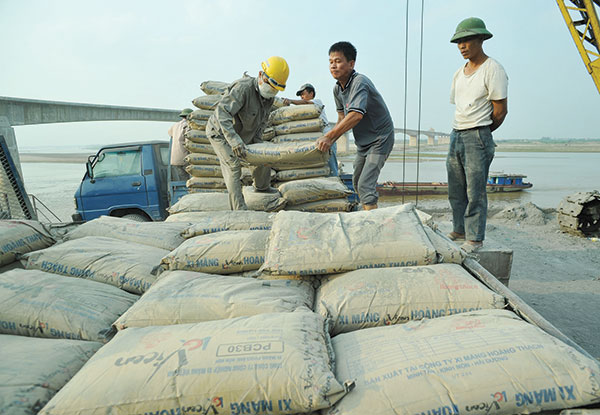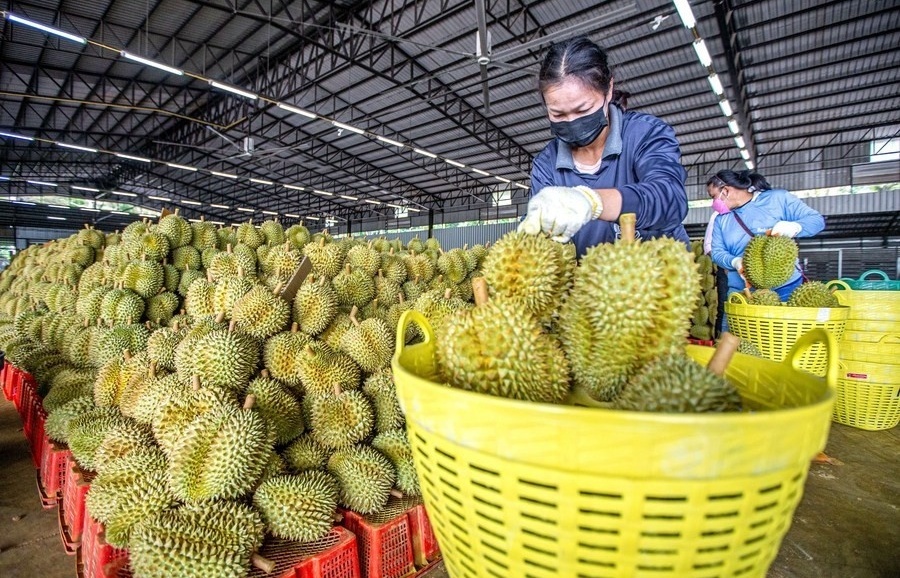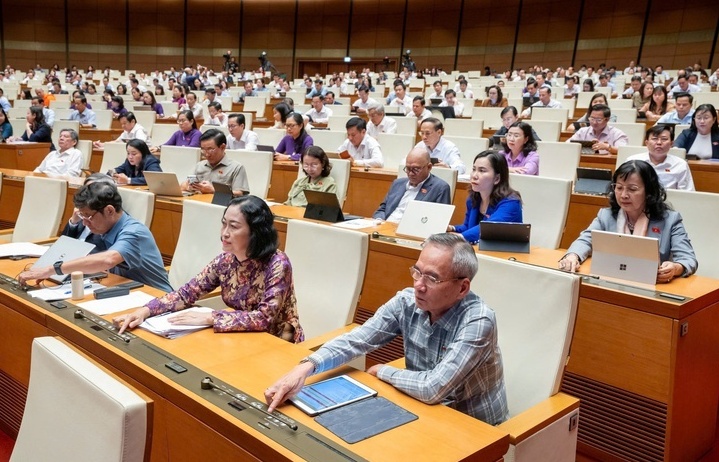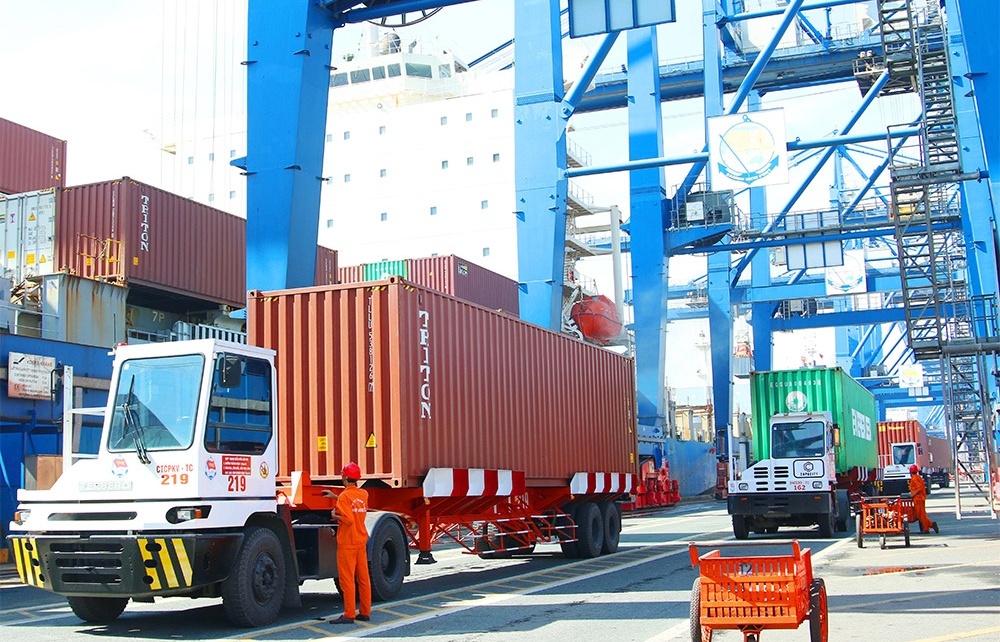Cement firms stuck

External circumstances are continuing to leave cement companies profits unable to grow Photo: Le Toan
Vicem general director Tran Viet Thang said, “We don’t expect strong growth and have forecast profits similar to last year.”
State-run Vicem is Vietnam’s largest cement maker.
In 2014 Vicem expects to reap VND500 billion ($23 million) in profits. Last year, Vicem only completed 90 per cent of its target. Its pre-tax profit dropped to VND528 billion ($25 million) in comparison with VND661 billion ($31 million) in 2012.
Besides the narrowed output market, the cement industry suffered from high interest rates and oversupply that dragged down profitability.
“The property market is stuck, new developments have already proved hard to sell and interest rates aren’t helping,” said Thang.
General director of Vicem But Son, Duong Dinh Hoi, said his company had invested VND730 billion ($34.7 million) in its production site in 2011. At that time, the company paid VND3,500 billion ($167 million) for the investment but it also suffered a loss of VND100 billion ($4.7 million) due to interest rates.
Vietnam is predicted to experience an oversupply of 8-12 million tonnes of cement annually due to far too many cement plants being put into operation. At present, Vietnam has 106 cement factories with total annual output capacity of 63 million tonnes.
This will worsen when the Vissai Cement Group’s new Vissai Ha Nam plant comes into operation in 2014, bringing the group’s production to 7.8 million tonnes per year.
In 2013, even if Vissai put consistent efforts into the export market and won major real estate projects, the group’s consumption is forecast to increase by only 5 per cent.
The Ministry of Construction estimated cement consumption would reach 62-63 million tonnes in 2014, a mere 1.5-3 per cent increase in comparison with 2013. The sector will maintain exports of 14 million tonnes.
What the stars mean:
★ Poor ★ ★ Promising ★★★ Good ★★★★ Very good ★★★★★ Exceptional
Latest News
More News
- Growth beckons for GenAI startups in Vietnam (November 21, 2024 | 17:47)
- SABECO to elevate Vietnam's beverage industry to global standards (November 21, 2024 | 17:36)
- ABeam Consulting Vietnam introduces BSQCD Purchasing Strategy Framework (November 21, 2024 | 16:40)
- Major railway requires debt considerations (November 21, 2024 | 12:07)
- Reviving a new life cycle for plastic waste (November 21, 2024 | 09:16)
- Key balances maintained for industrial production (November 21, 2024 | 08:00)
- Ecolean Vietnam honoured with prestigious sustainability award (November 19, 2024 | 10:01)
- HEINEKEN Vietnam’s clear path towards net-zero (November 18, 2024 | 15:13)
- VLCA 2024 honours corporate governance excellence as listed companies raise the bar (November 18, 2024 | 09:00)
- High-tech personnel to drive competition (November 17, 2024 | 09:21)


















 Mobile Version
Mobile Version